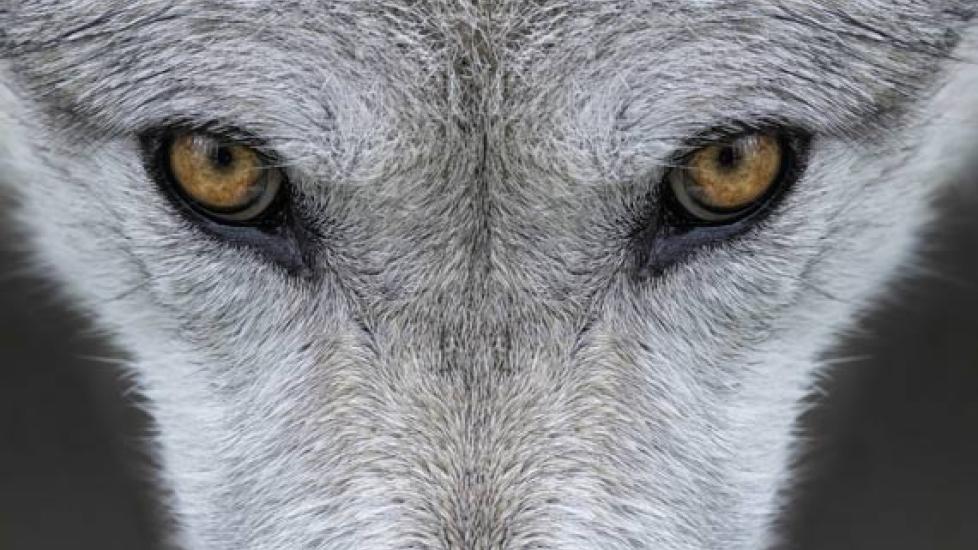The Coywolf - Is It a Dog, a Wolf, or a Coyote?
It seems a wolf will accept any sexual partner when another wolf is not available. Faced with dwindling numbers starting 100-200 years ago, wolves in southern Ontario, Canada, have been mating with coyotes and dogs. This has created a breed called the “coywolf” by those studying this new creature.
This information is featured in a recent Science and Technology section of The Economist magazine. It appears that these findings blur our present evolutionary definition of a species, an isolated group that doesn’t breed with others.
The “Coywolf”
Generally when animal species cross breed, the young are weaker than either parent, seldom reproduce, and generally die. This does not seem to be the case for the coywolf. Roland Kays of North Carolina State Univerisity estimates that the coywolf population is in the millions.
But how do we know this species exists? Javier Monzon has studied the DNA from 437 of these animals. He found that the predominate DNA is coyote, with 10% of the DNA being from the dog and 25% from wolf. DNA analysis has identified Doberman Pinchers and German Shepherds as the predominate DNA found in coywolves.
And this species is far from weak. They are twice as large as coyotes. Have larger jaws, more muscle, and faster legs. An individual can bring down a small deer and a pack can easily dispose of a moose. Unlike coyotes that dislike hunting in the forest and wolves that dislike hunting in open areas, the coywolf is comfortable hunting in the forest or in the open. They are also more comfortable in urban surroundings, unlike the wolf that avoids human contact.
The new tolerance for people and the noise of the urban environment has increased the coywolf’s palate. They have been seen eating pumpkins, watermelon, and other garden crops. Evidence of the remains of cats, skull and all, and smaller prey have been found in the coywolf’s feces.
Dr. Kay has noticed that not only has this species adapted to smaller territories and become primarily nocturnal (hunting and mating activity at night), they tend to look both ways before crossing roads and highways. This is an adaptive trait that spares the ignominy of becoming a road pizza and certainly advantageous for continued survival in the urban environment.
The coywolf use the railway system to navigate between cities and towns in southeast Canada. They have also spread to large cities in the northeast United States. There are an estimated 20 coywolves now in New York City and uncounted numbers in Boston and Washington, D.C.
Dr. Kay has also observed that their vocalization has changed, with a call that starts in the deep wolf howl and progresses to the high pitched yipping of coyotes. He finds it fascinating to watch what he calls an “amazing contemporary evolution story that’s happening right underneath our nose.”
The coywolf phenomenon has thrown the human definition of “species” into complete disarray and is befuddling scientists. To hold with the notion that a “species” only breeds within its own kind would suggest that wolves, coyotes, and dogs are not separate, individual species.
The same confusion is being encountered with human evolution. Newer studies indicate that modern Europeans carry the genes of the Neanderthal and Asians have the genes common to a newly discovered group of hominids called Denisovans. This is not surprising, as the idea of “species” is a man-made creation that may not reflect what really happens in nature. Findings like these fill in more blanks and we find that evolution is not as simple as once thought.
Do you have coywolves where you live? Have you seen one yet?

Dr. Ken Tudor
